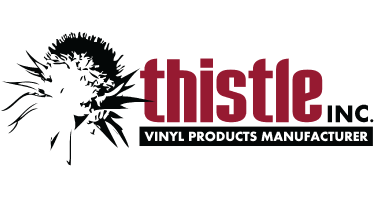
18 Jan Focus on Your Most Valuable Asset, People
People are the most valuable part of any organization, so take time to evaluate your long-term strategy for retaining and acquiring the “star” asset in your company.
Facilities tend to focus on three primary goals: increased productivity, improved accuracy, and better customer service. What do all three of these initiatives have in common? Success or failure depends on people.
Every year, these initiatives show up on priority lists because every year our customers’ expectations increase and costs rise. How do you accomplish these goals year after year? First, by taking a step back and looking at the initiatives with fresh eyes. Second, by working with your most powerful tool – your people.
To meet these initiatives, you must have a high quality employee workforce that embraces your goals and works to meet them month after month. That may be easier said than done, but the following four guidelines will help you develop the workforce you need.
- Get your team involved. Bring in every manager and supervisor from each functional area. Ask for their input. Tell them where you are and where you need to go as far as achievements. You may want to get some bench-marking numbers from similar industries to use as an example so they are convinced the goal is achievable. Ask employees to share their challenges in terms of people, processes or equipment.
Let the team brainstorm for solutions. Be careful not to dictate the results. This will shut your people down and they will not feel that this input is of value to you. Some of their ideas may be wrong or different but assure your team that there are no bad ideas when brainstorming. Then develop a plan. If your team doesn’t come up with an idea that you think has value, lead them to your own ideas by asking them for their thoughts around the topic. If the team feels the plan is theirs, you build ownership and they want to see it be successful. Suggest they conduct the same exercise with their people in each functional area.
- Groom your next leaders. Unfortunately companies don’t think about this as often as they should. Suddenly, someone instrumental leaves and no one knows how this employee was accomplishing a task or what were the tools, vendors, or methodology to solve problems. Another familiar problem managers complain about is not getting promoted. A lot of times these decisions are based on that person being the only employee who knows how to do a specific job. Companies often reach a challenge of their people knowing the work but they have areas lacking in leadership that need to be addressed. This may be when you call in a coach from the outside. It’s an investment that can reap many benefits.
- I care, why don’t they care? This is a common concern among mangers, especially with a staff of Millennials entering the workforce. To change employees attitudes and instill an attitude of caring, you have to understand where they are coming from and what motivates them.
This generation cares about the world ecosystem, about family, about quality of life. Directing goals through this lens can get these employees involved. This is also an entitlement generation. They believe everyone is equal and they do not strive for advancement. They want truth and no false promises. They want inclusiveness and work best when everyone is treated as family. There are many books on working with Millennials and if you experience problems understanding the thoughts of this generation, it may be advantageous to read up on how they think. Other people can be motivated by making them feel a part of the team, by understanding who they are and by appreciating them as individual achievers.
- Evaluation and communication. This could be in the form of Key Performance Indicator tracking or just a simple spreadsheet. Every month you need to examine where you’ve been and where you are going. Create a graph so you can see how you are trending. This makes it much more visual and understandable.
Evaluate and then communicate with everyone involved. Many companies communicate only with supervisors. They look at associates as machines and figure they don’t need to know. A culture of this type will never succeed. If you communicate with your people correctly they feel like valuable members of the team. This helps to build an atmosphere and builds satisfaction and contentment for employees
At Thistle, Inc. input from employees in every department is a valuable asset and resource in our day to day operations. We have a reward system that recognizes employees for implemented quality and cost savings ideas.
